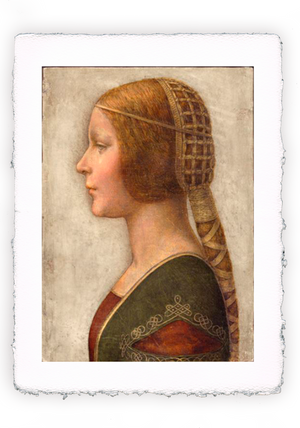
Pierre Bonnard the Prophet

Pierre bonnard was born on October 3, 1867, in Fontenay-aux-Roses, near Paris. The son of a high-ranking official in the war ministry, he spent a quiet childhood in his large father's house.
As an unwavering tradition, his father initiated him into a legal career and Pierre successfully completed all his law studies and entered a law firm as a trainee.
He participated in the competition to enter the public administration, but was rejected despite his father and his skills.
He abandoned his legal career and devoted himself to art.
He enrolled in the Academy of Fine Arts and opened his atelier with friends Vuillard and Maurice Denis.
In 1888 the group and other young painters reunited with Paul Serusier, who was a pupil of Paul Gauguin.
Following the master's instructions, Paul created a small (almost completely abstract) landscape on the lid of a cigar box. That small painting became the "model", the talisman and the symbol of the whole group that chose the name of "Nabis".
Nabis is a Hebrew word which means "prophets".
The "Nabis" draw inspiration from the occult sciences and magic, so Bonnard abandons realism and impressionist naturalism to approach a symbolist painting.
His stylistic model is that of Gauguin's Breton period and Japanese prints. It highlights the suggestive elements and full of symbolic meanings. A more thoughtful painting of Impressionism with a more incisive use of color.
Once he finished his military service, he resumed his activity in Montmartre. In addition to painting, he dedicates himself to applied art: billboards, illustrations, theatrical sets, etc.
From his advertising works Toulouse Lautrec found reasons for inspiration… and for copying.
Bonnard's pictorial language is very different from the avant-gardes of Matisse and Kandinsky; he himself declares: "I want to develop their research and surpass them in their naturalistic impressions of color".
Color, therefore, frees itself from reality and it is placed where the painter considers it significant. In many of Bonnard's works we can clearly see the transformation of the real datum into pure decoration. A symbiosis between figurative narration and the vital rhythm of the painting.
Gauguin's phrase "I want a simple, very simple art" it is the starting point for understanding the origins of the movement.
Bonnard took him at his word because it was all simple to him… very simple.


Leave a comment